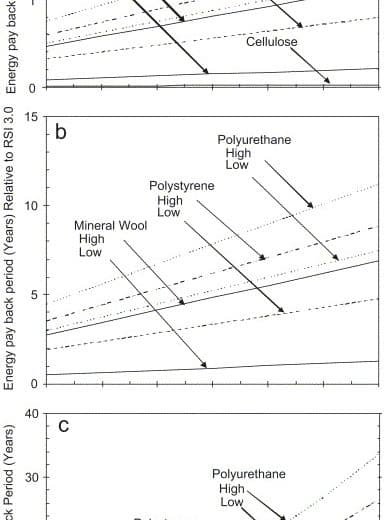
Halocarbons are compounds containing carbon, halogens such as chlorine, bromine and fluorine, and sometimes hydrogen. They may be wholly anthropogenic such as the CFCs or they may have natural sources, such as some of the methylhalides (see section 6.4.4).
Chlorofluorocarbons (CFCs) are entirely anthropogenically produced by aerosol propellants, refrigerator coolants and air conditioners. They are made up of carbon, chlorine and fluorine molecules. CFCs are destroyed slowly by photochemical reactions in the upper atmosphere (stratosphere). CFCs were absent from the atmosphere before the 1930s, but over the last half century, their concentrations have steadily increased. Although their concentrations are measured in parts per trillion (by volume), they are seen as a significant threat to future global warming. They possess long atmospheric lifetimes measured in decades to centuries, and molecule for molecule, are thousands of time stronger as a greenhouse gas than CO2 (IPCC, 1990a). Halons are similar anthropogenic species but contain bromine instead of chlorine.
Other halocarbons include the Hydrochlorofluorocarbons (HCFCs) and hydrofluorocarbons (HFCs). These are anthropogenic compounds currently being used as substitutes to replace CFCs which are being phased out under the terms of the Montreal Protocol, to protect the ozone layer.
Many of the other gases in the atmosphere are the noble or inert gases, including argon, neon, helium, krypton and xenon (see Table 1.1). Because of their chemical inertness, they play little or no part in the chemical and physical processes operating in the atmosphere.




Leave a Reply